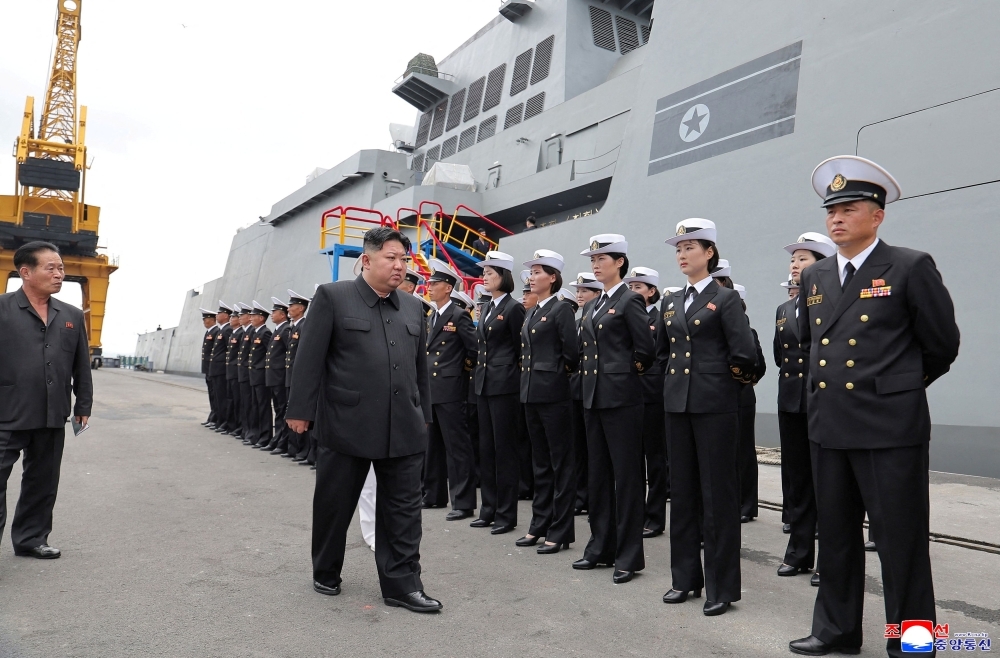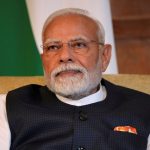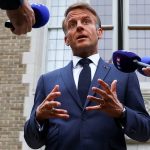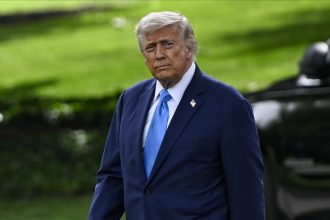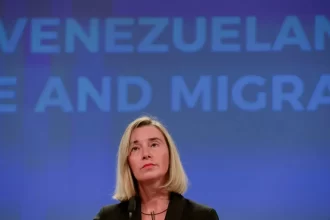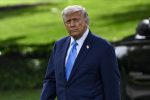SEOUL, August 19 — Tensions on the Korean Peninsula continue to rise as North Korean leader Kim Jong Un has called for a swift and significant expansion of the country’s nuclear arsenal. His statement, delivered during a visit to a North Korean navy destroyer, comes as the United States and South Korea carry out joint military drills that Pyongyang sees as a direct threat.
Kim described the ongoing exercises as a “clear expression” of hostility, claiming they reveal an “obvious will to provoke war.” These annual drills, known as Ulchi Freedom Shield, began this week and are scheduled to run for 11 days. While they are framed by the US and South Korea as defensive in nature, North Korea views them through a much darker lens—regularly accusing the allies of rehearsing for invasion.
South Korea’s military noted that this year’s drills remain on a similar scale to last year’s but have been reshuffled—20 of the 40 planned field events have been postponed to September. This adjustment is partly influenced by South Korean President Lee Jae Myung’s attempt to cool tensions with the North. Yet many analysts remain doubtful about Pyongyang’s willingness to de-escalate.
During his speech, Kim Jong Un highlighted what he described as a “nuclear element” within the exercises, which he claims justifies the need for North Korea to boost its own nuclear capabilities. “The security environment surrounding our nation has fundamentally changed. We must respond by rapidly expanding our nuclear force,” Kim stated.
Experts say this rhetoric is a stark signal of North Korea’s firm resistance to denuclearisation. “Through this move, North Korea is demonstrating its refusal to accept denuclearisation and the will to irreversibly upgrade its nuclear weapons,” said Hong Min, a senior analyst at the Korea Institute for National Unification.
Meanwhile, Washington and Seoul are expected to address North Korea’s weapons programs during a planned summit between US President Donald Trump and South Korea’s President Lee Jae Myung in Washington.
A report from the Federation of American Scientists estimated that North Korea may have produced enough fissile material to develop up to 90 nuclear warheads, though only around 50 are believed to have been fully assembled.
In addition to expanding its nuclear arsenal, North Korea is working on military hardware enhancements, including plans to build a third 5,000-tonne Choe Hyon-class destroyer by October 2026. These vessels are undergoing tests with both cruise and anti-air missiles, signaling a broader military build-up.
As the region braces for more uncertainty, the world watches closely—hoping for diplomacy, but preparing for escalation.
